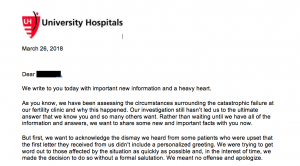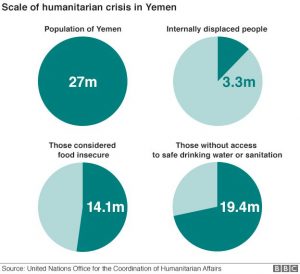By ANABELLA ZAMBRANO
As people become more interested in plant-based diets, veganism is now the most talked about way of eating. Not only is the healthiest, if eaten right, but it also has thrived in market sales with vegan alternatives such as vegan Chao Cheese, Beyond Meat Burgers, and plant based milk.
Earlier this year, the dairy industry is troubled with a drop of sales. People are choosing alternatives to dairy whether it is for lactose intolerance reason, taste and simply just preference. The FDA argues consumers are being misled into buying milk alternatives since those alternatives have the word “milk” on their label.
According to Veganuary.com, the dairy industry has been in trouble for a while now due to milk alternatives. But until recently a bill was passed known as the Dairy Pride Act, which as it states, aims to “protect the integrity of dairy products by enforcing existing labeling requirements” with the purpose to enforce a new law against non-dairy products being labeled in the descriptor like milk and cheese with the claim that this is confusing to the consumer.
According to the U.S. Department of Agriculture (USDA), sales of almond milk shot up over 250 percent between 2011 and 2016. Meanwhile, consumption of dairy milk has dropped 37 percent since the 1970s.
It is not a matter of consumers being confused. For a while, studies have shown that consuming dairy raises risks of osteoporosis and raises chances of having breast cancer for about 41 percent according to Cowspiracy.com.
Although it is not for sure whether or not plant-based milks will be limited to remain described as “milk,” it is no doubt that advertising affects what people consume. If it becomes popular, it will most probably end up on the news.
But when it comes down to deciding whether dairy will regain their sales or not, this milk war has become one of the hottest topics to talk about through YouTube, Instagram, and it has become an interesting thing to decide if consumers are being mislead, which I doubt.
Through out the news outlets, not enough is covered on the topic that dairy does increase risk of death by 93 percent, according to a study by the British Medical Journal. Or just the fact that milk from a cow is not healthy to consume.
But as long as it is about the labeling controversy, it will be more covered in the news.


